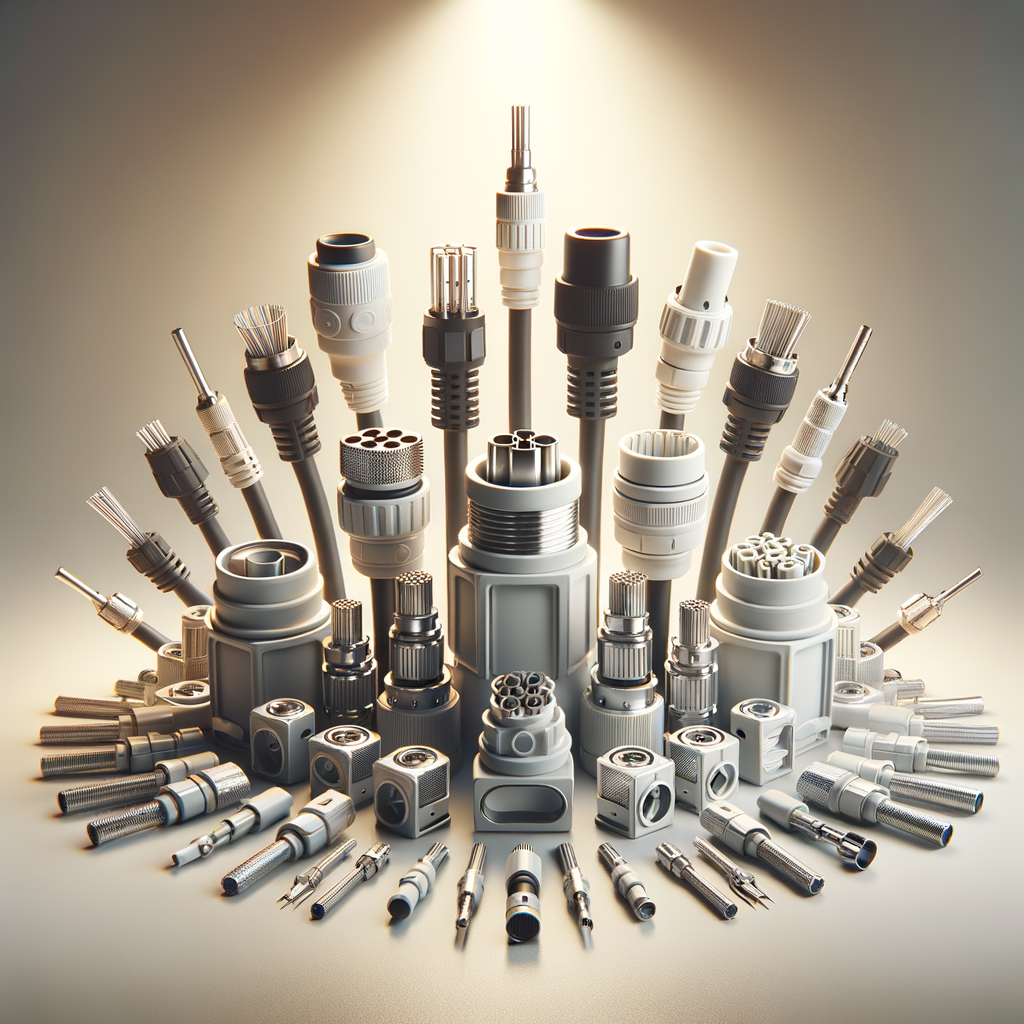A Practical Guide to Properly Using Cable Connectors and Joints

A Practical Guide to Properly Using Cable Connectors and Joints
When working on electrical projects, whether installing new wiring or maintaining existing setups, the importance of using the right cable connectors and joints cannot be overstated. Properly chosen and installed connectors ensure a safe, reliable, and long-lasting electrical connection, giving tradespeople and DIY enthusiasts peace of mind.
In this guide, we’ll explore the key considerations when selecting cable connectors, the different types available, and the best practices for installation. Whether you're an electrician, a DIYer working on a home upgrade, or an engineer maintaining complex systems, understanding these fundamentals is essential for maintaining standards of safety and efficiency.
Why Proper Use of Cable Connectors Matters
Cable connectors are critical in establishing secure, insulated, and durable electrical connections. Improper application can lead to issues such as loose wiring, increased electrical resistance, overheating, or even electrical failures that pose safety hazards.
Good practice involves:
- Ensuring connectors are suitable for the type and gauge of cable used
- Making sure they are correctly installed to prevent accidental disconnection or exposure
- Using fire-rated and weatherproof connectors where necessary
By following these principles, you not only comply with regulations but also extend the lifespan of your installations.
Types of Cable Connectors and Joints
There are several types of connectors suited to various applications. Here's a breakdown of the most common options:
1. Cap-Style Connectors
These connectors feature a plastic or metal casing that clamps down onto the cable, providing insulation and securing the conductor.
- Suitable for DIY and light industrial applications
- Easy to install with basic tools
- Typically used for flexible cables
2. Crimp Connectors
Crimp connectors are designed for securely attaching a metal connector to the cable via crimping tools.
- Offer strong, vibration-resistant joints
- Commonly used in industrial wiring, speaker cables, and automotive wiring
- Require a compatible crimping tool
3. Twist-On Wire Connectors (Wire Nuts)
These are popular in household wiring for joining multiple wires quickly.
- Provide insulation and a secure connection
- Easy to modify or disconnect if needed
- Suitable for low-voltage applications
4. Butterfly and Split Bolts
Used mainly for grounding or larger gauge cables, these connectors clamp wires together with a bolt.
- Used in grounding systems or overhead power lines
- Need appropriate tools for installation
5. Weatherproof Connectors
Designed for outdoor or damp environments, these connectors are sealed against moisture and corrosion.
- Essential for outdoor lighting, garden wiring, or exposed installations
- Usually include rubber or silicone seals
Best Practices for Installing Cable Connectors
Proper installation of cable connectors ensures safety and longevity. Follow these steps:
Step 1: Select the Correct Connector
Ensure the connector size matches the cable gauge. Check specifications for voltage and environmental requirements.
Step 2: Prepare the Cable
Strip the cable to the appropriate length—typically about 10-12 mm—without damaging the conductor.
Step 3: Insert and Secure
Insert the conductor fully into the connector. For crimp connectors, use a suitable crimping tool; for twist-on types, ensure the wires are twisted tightly and securely.
Step 4: Insulate and Protect
Ensure connectors are properly insulated, especially in exposed environments. Use weatherproof or flame-retardant connectors where necessary.
Step 5: Test the Connection
After installation, test for continuity and insulation resistance to confirm correct wiring.
Common Mistakes to Avoid
- Using the wrong connector size or type for the cable
- Failing to strip enough insulation
- Not tightening connectors sufficiently
- Skipping testing after installation
- Overlooking environmental suitability
Final Thoughts
Proper use of cable connectors and joints is vital for safe and reliable electrical systems. Whether you're carrying out a simple household upgrade or industrial wiring, investing in quality connectors and following best practices makes all the difference.
Remember, safety is paramount. Always switch off power before working and consult a qualified electrician for complex or high-voltage installations.
Ready to get started? Explore our range of cable connectors and fittings to find the right solution for your project. For expert advice and top products, trust Cynnal—the UK’s go-to marketplace for quality DIY tools and accessories.